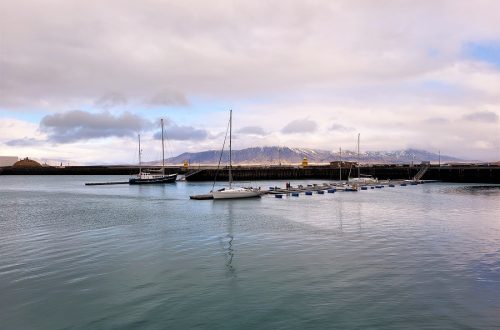Of all the châteaux I visited in the Loire Valley, my favourite was possibly Chaumont-sur-Loire.
This château, perched high on a cliff overlooking the picturesque River Loire, may not have the architectural flourishes of Chambord or Chenonceau, but it’s a delightfully charming affair surrounded by acres of stunning gardens.

Originally founded at the beginning of the 11th century by Odo I, Count of Blois, the current château dates back to the late 15th and early 16th centuries.
In 1465, the old château was burned to the ground on the orders of Louis XI after its then-owner Pierre d’Amboise took part in a revolt against the king.
Three years later, the d’Amboise family started the first of two phases of rebuilding – the first between 1468 and 1481, the second between 1498 and 1511.
In 1550, Catherine de Medici bought Chaumont. Nine years later, newly widowed, she forced Diane de Poitiers (her late husband Henri II’s mistress) to swap the more romantic château at Chenonceau for Chaumont.
Diane had no choice but to obey the queen mother and set about making various changes to the château.
We’d briefly spied the château the day before when driving back from Chambord, so I was intrigued to see it up close.
It was busy when we arrived, so much so, we struggled to find somewhere to park as the main car park and the overflow were both full. So we ended up parking on a grassy verge.
After buying our tickets, we entered the grounds and after passing a pretty flower garden, we found ourselves in the model farm, a small courtyard surrounded by farm buildings.
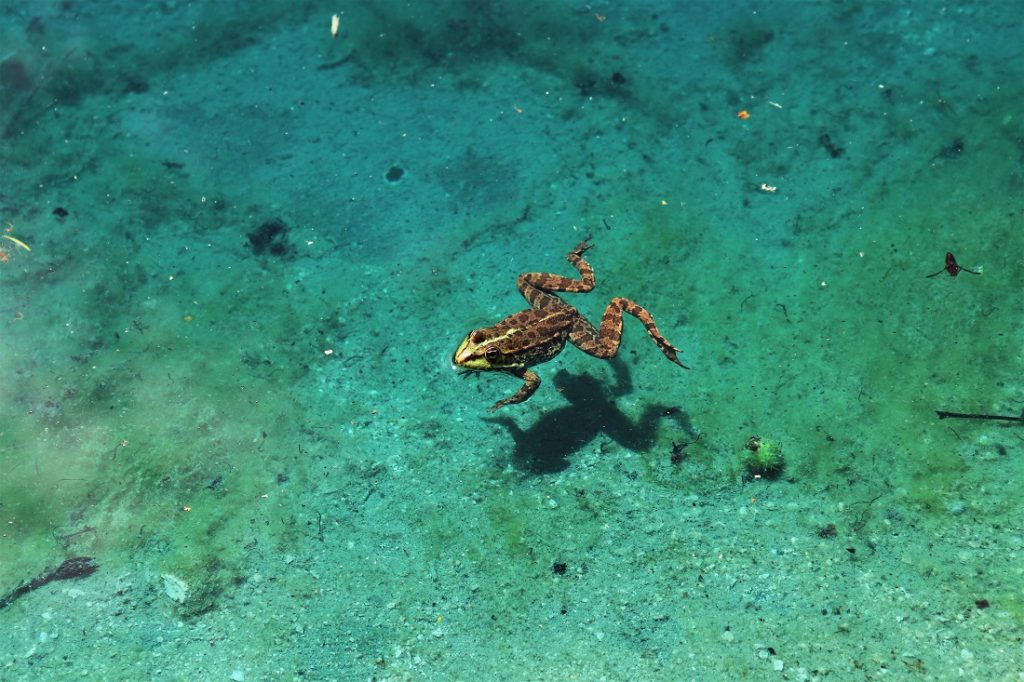
My eyes were immediately drawn to a rectangular pond in the middle of the courtyard that was filled with grey stones and what turned out to be lots and lots of frogs.
I love frogs, they’re one of my favourite animals, so I got a little carried away watching and photographing the cute critters (above).
We eventually tore ourselves away from the frogs and headed towards the chateau, stopping frequently as we went to admire and photograph the very pretty gardens we passed.
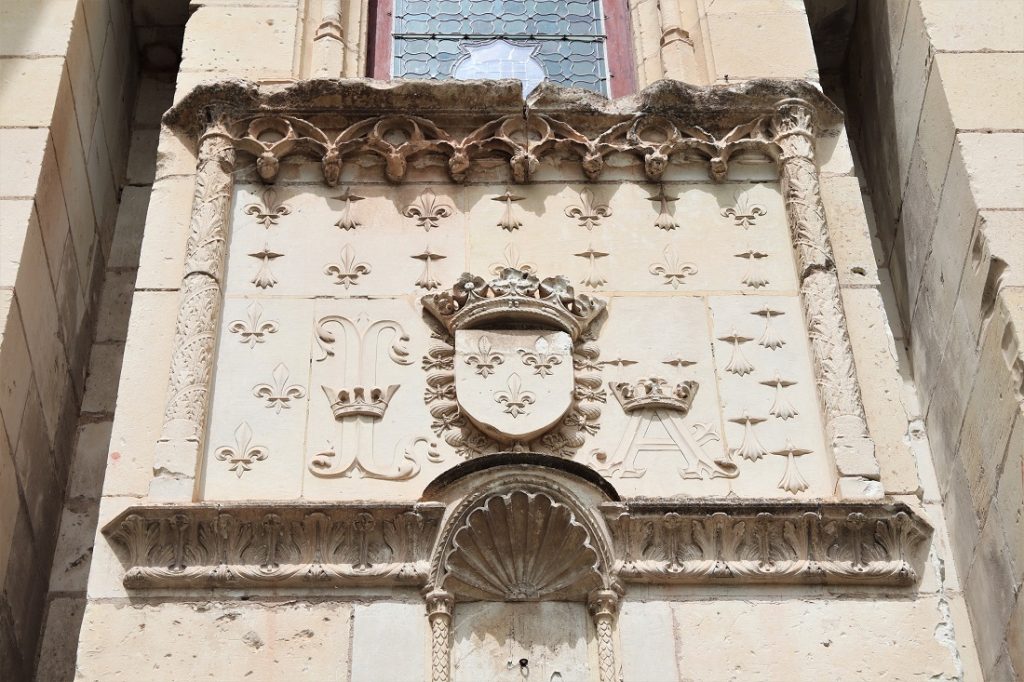
The château is a simple, but sizeable affair, typical of the square châteaux of the Loire.
As we approached the entrance, I stopped to take a look at the carved panel above the drawbridge, which commemorates the visit of Louis XII and Anne of Brittany in 1503 (above).
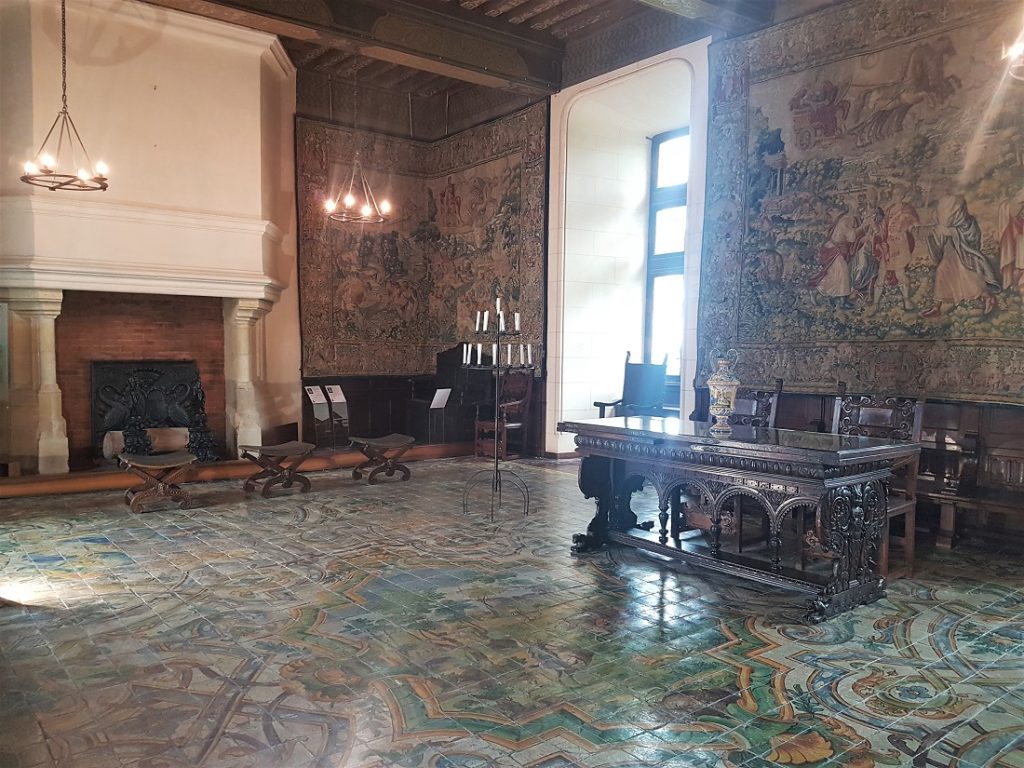
We started our tour of the château in the historial apartments on the first floor of the east wing (above), which were created by the de Broglie family in the late 19th century.
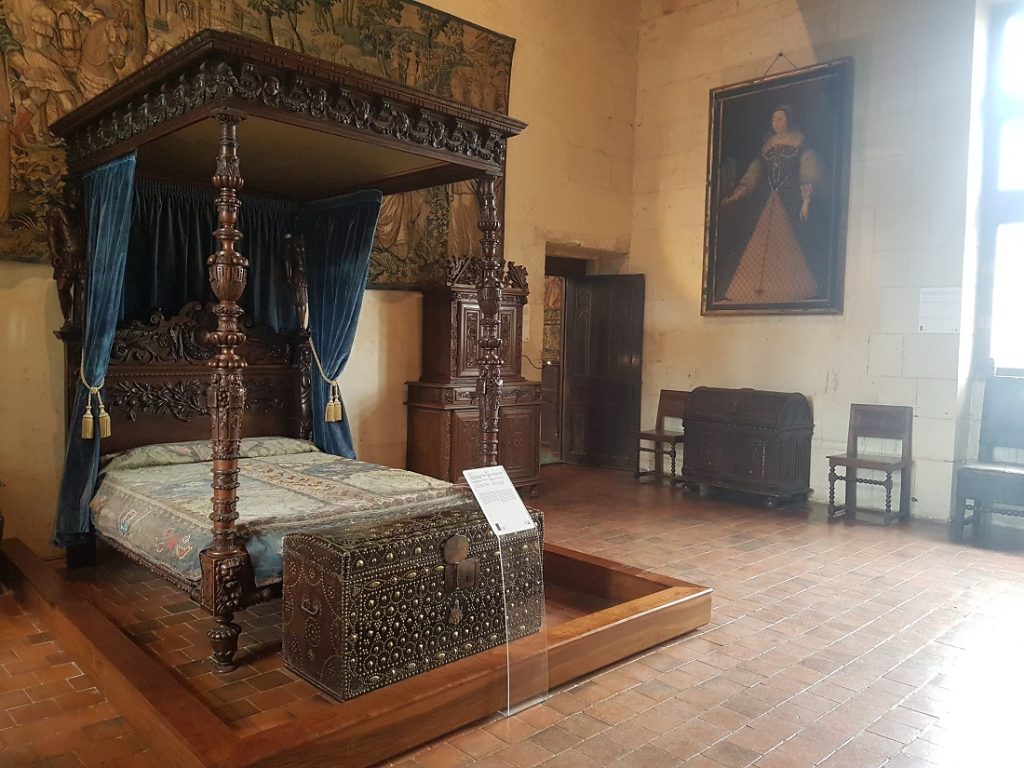
The apartments were designed to look like they may have done in the 15th and 16th centuries, and I could imagine Catherine de Medici swanning around them.
The décor reminded me of the other châteaux we’d seen in the Loire – lots of heavy, dark wooden furniture, chandeliers hanging from the ceilings, and paintings and tapestries adorning the walls.
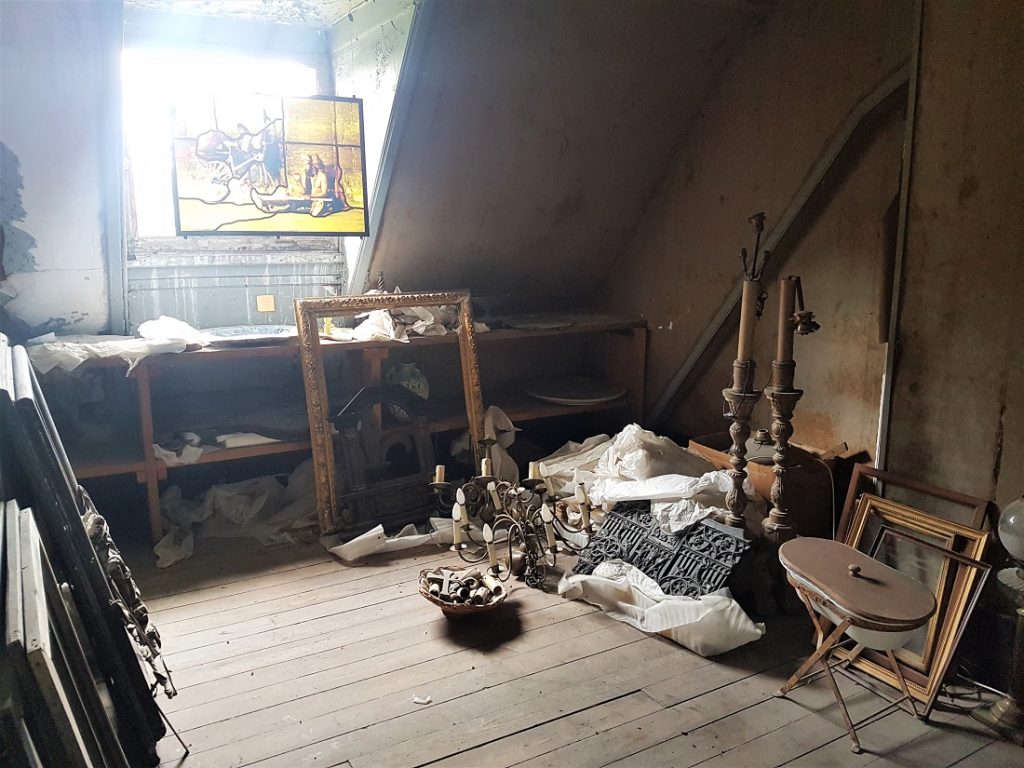
Having looked around the historical apartments, we headed upstairs to find the upper floors were bare and home to a series of small, unfurnished and undecorated rooms, many with wallpaper hanging off the walls.
These rooms housed installations by different artists (above), most of which were pretentious nonsense, so we didn’t spend long looking around.
One of the rooms had a sign that said ‘Don’t touch the artworks’, which I found confusing as the only discernable feature was a few sheets of fabric hanging from the ceiling.
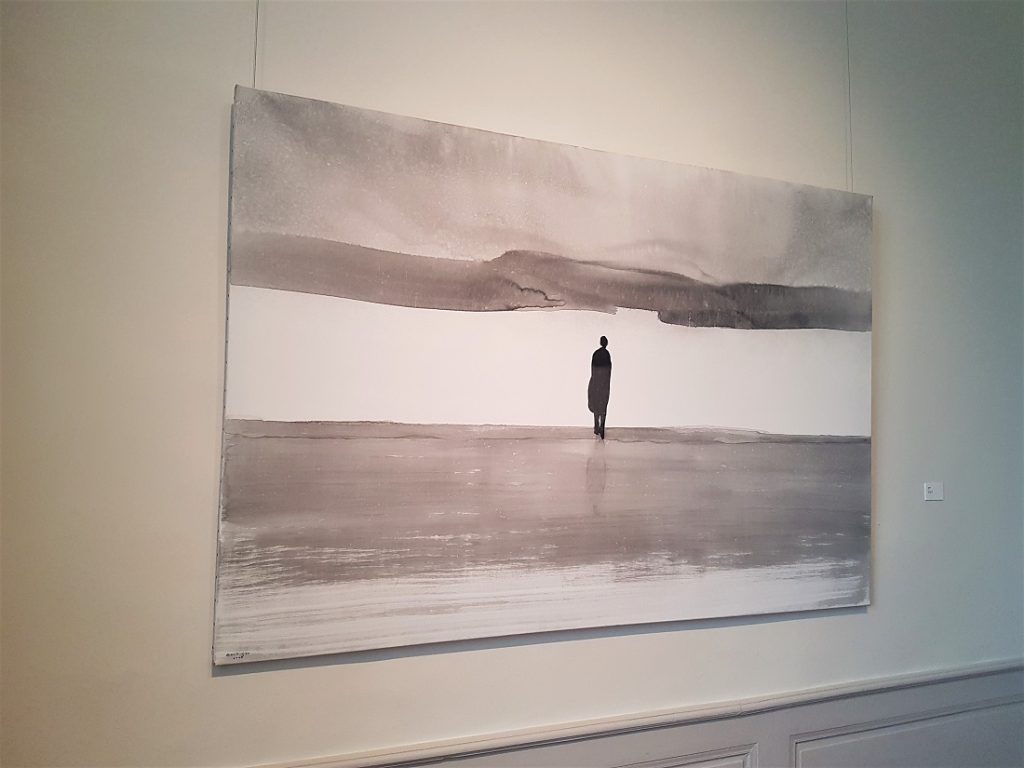
The one interesting exhibition was by the exiled Chinese-French Nobel Laureate Gao Xingjian (above).
His series of paintings in black ink were haunting and evocative, and I enjoyed his work.
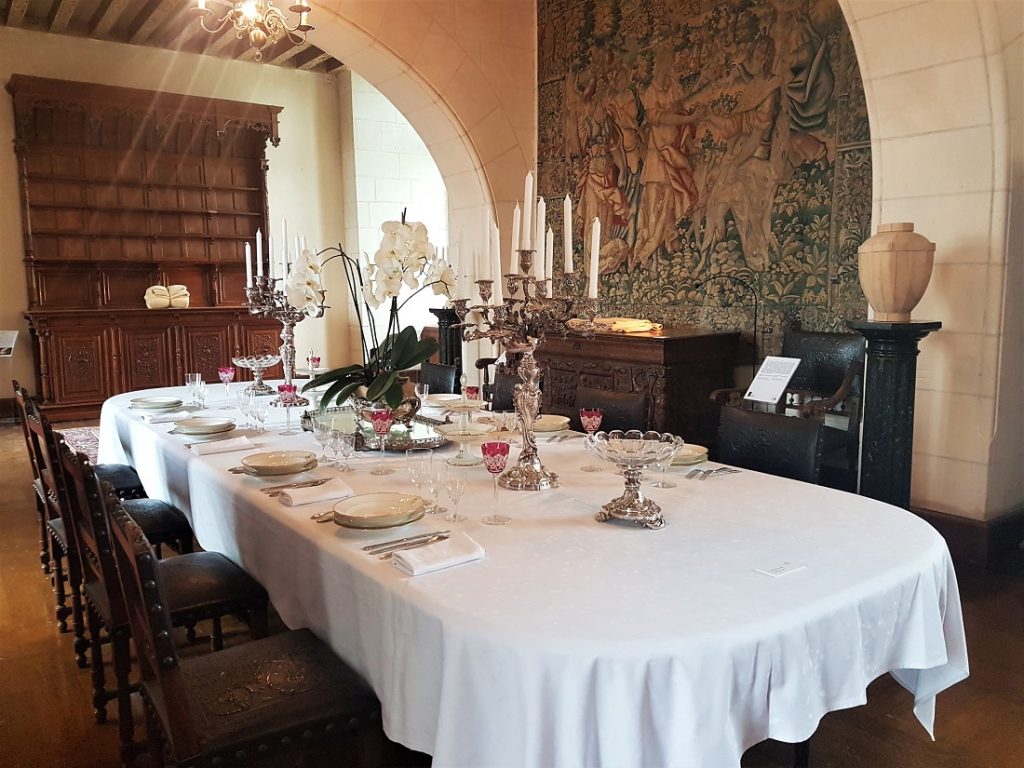
After our brief interlude looking around the upper floors, we continued our tour of the château in the private apartments (above), where the de Broglie family, who owned Chaumont between 1875 and 1938, once lived.
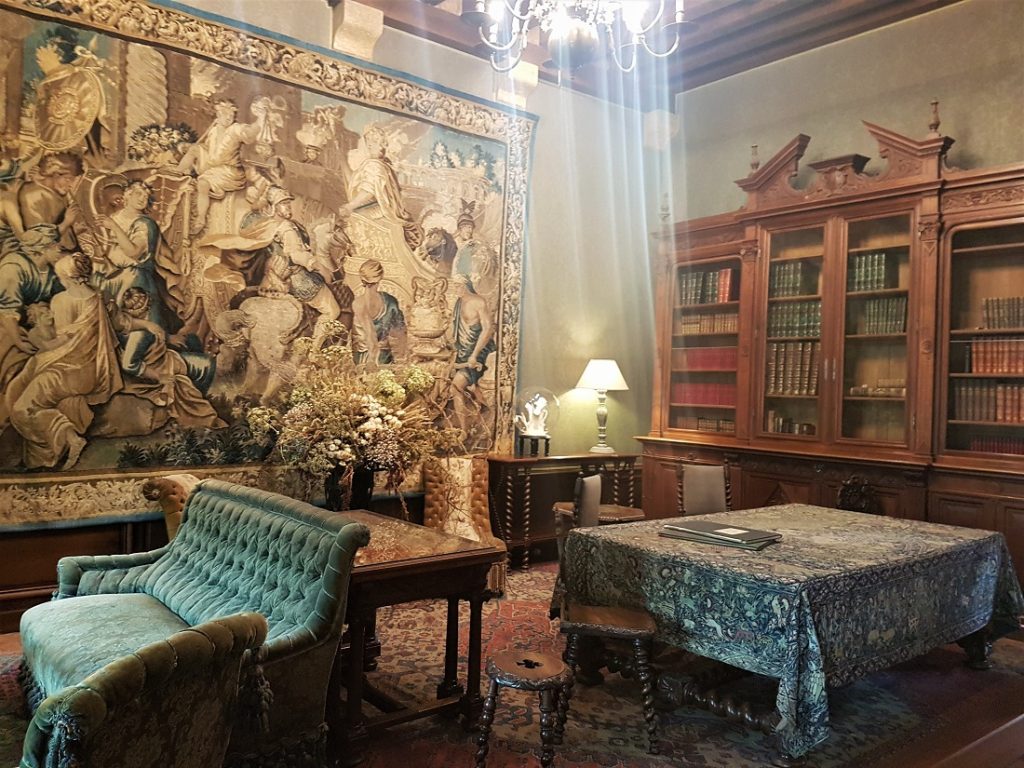
The chic, elegant rooms included the dining room, the library (above), the little living room and the billiard room.
There were photos of the de Broglie family dotted around the château and it was interesting to see how the château looked in their day.
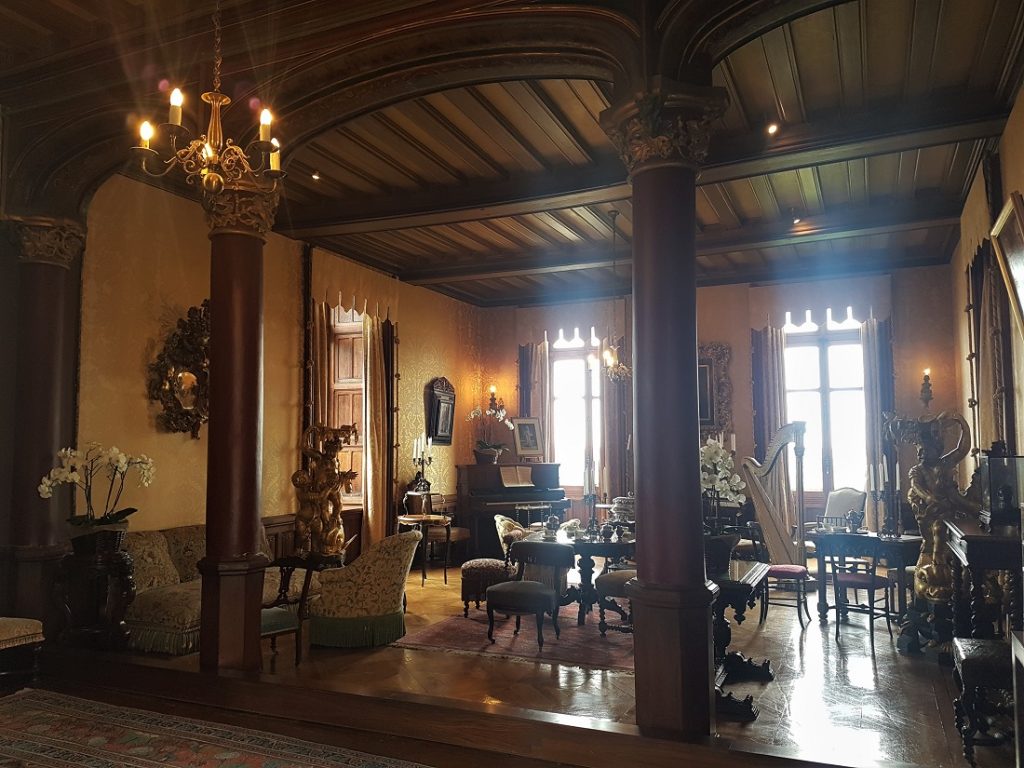
My favourite room was the great salon, which overlooks the River Loire (above).
I loved the grand room and was particularly enamoured by its harp, piano and the baskets of white orchids.
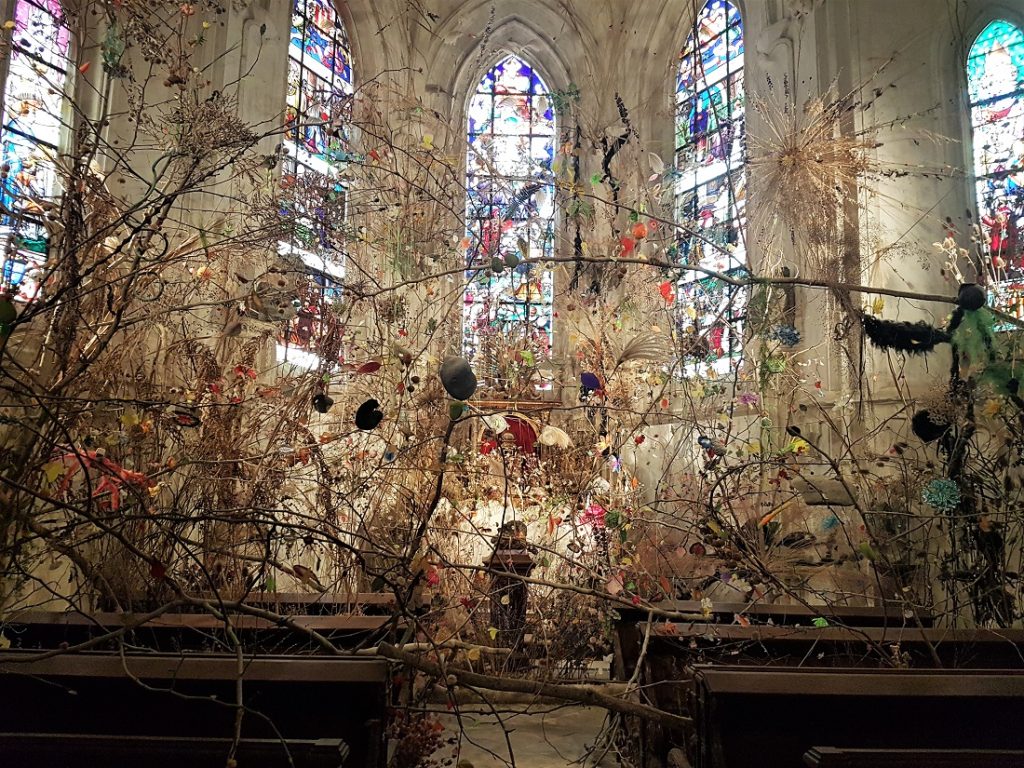
Our visit to the château culminated in a look inside the chapel, a small, cream stone affair filled with a madcap art installation made up of lots of branches and all sorts of random objects (above).
It was an eye-catching display and I’d never seen a chapel quite like it.
Having seen all there was to see in the château, we made our way back to the courtyard, where we stopped by the café for an uninspiring lunch.

Then we set off to explore the grounds, only we hadn’t banked on just how extensive they were – they went on and on, and on some more…
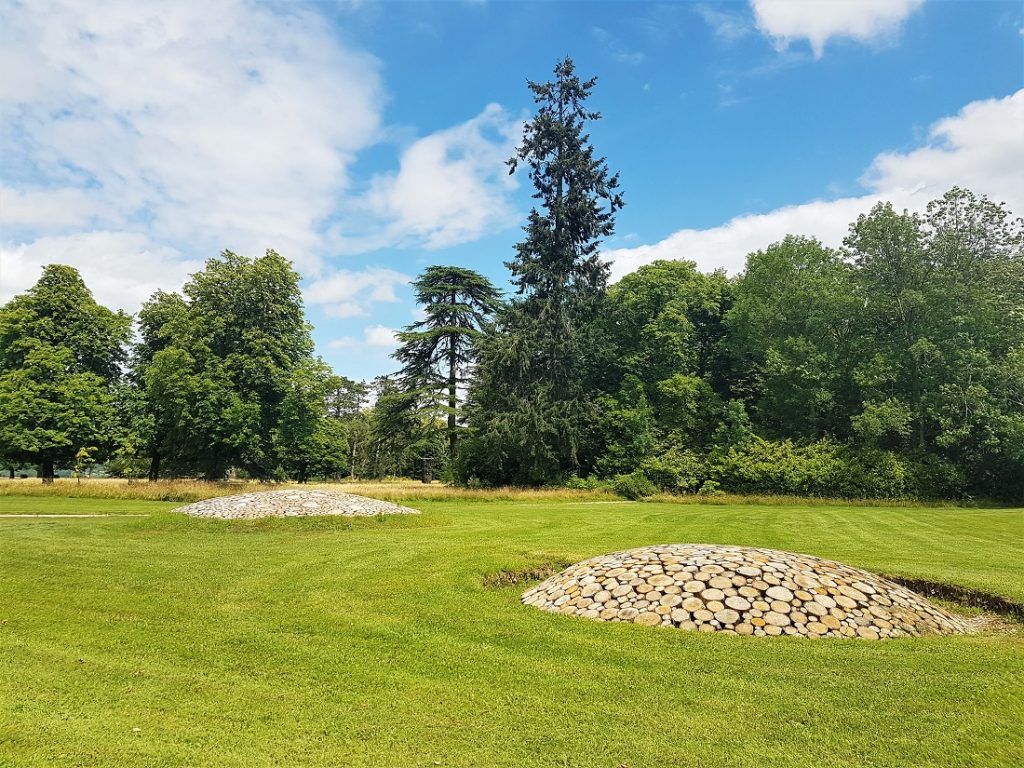
We started by looking around the large wooded area to the right of the château (above), stopping along the way to make a detour to the vegetable garden.
Unlike most vegetable gardens where the crops are laid out in neat plots, the plants had seemingly been planted in no discernable order.
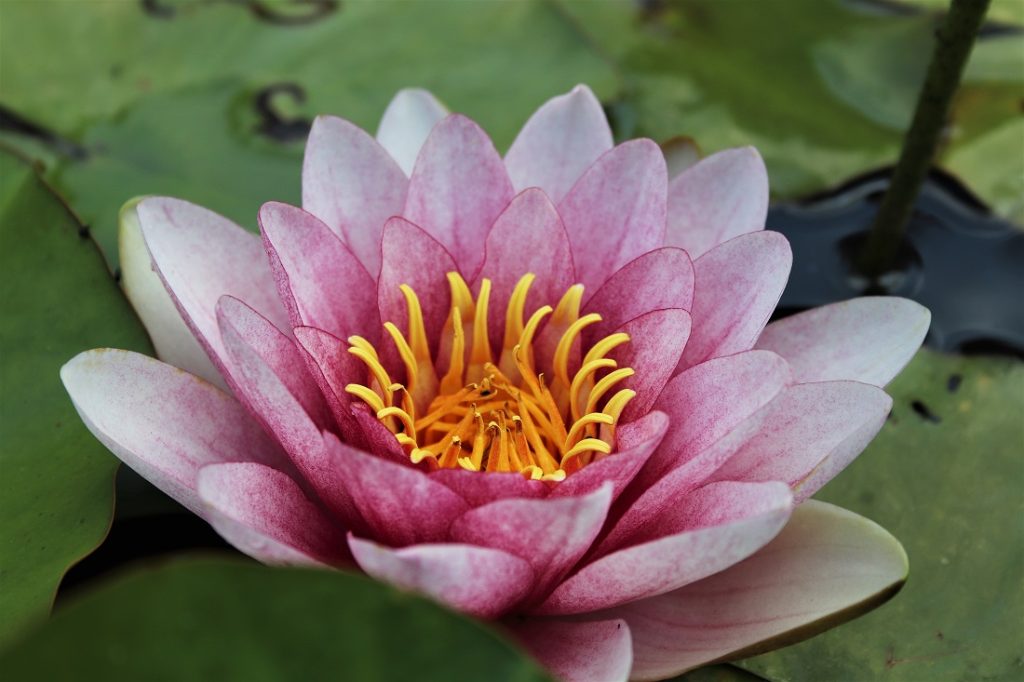
There were also a few ponds home to some waterlilies – and even better, yet more frogs!
We continued our stroll through the wooded parkland, admiring the many works of art dotted around and the beautiful views over the River Loire.
The huge gardens were very attractive and a joy to amble around.
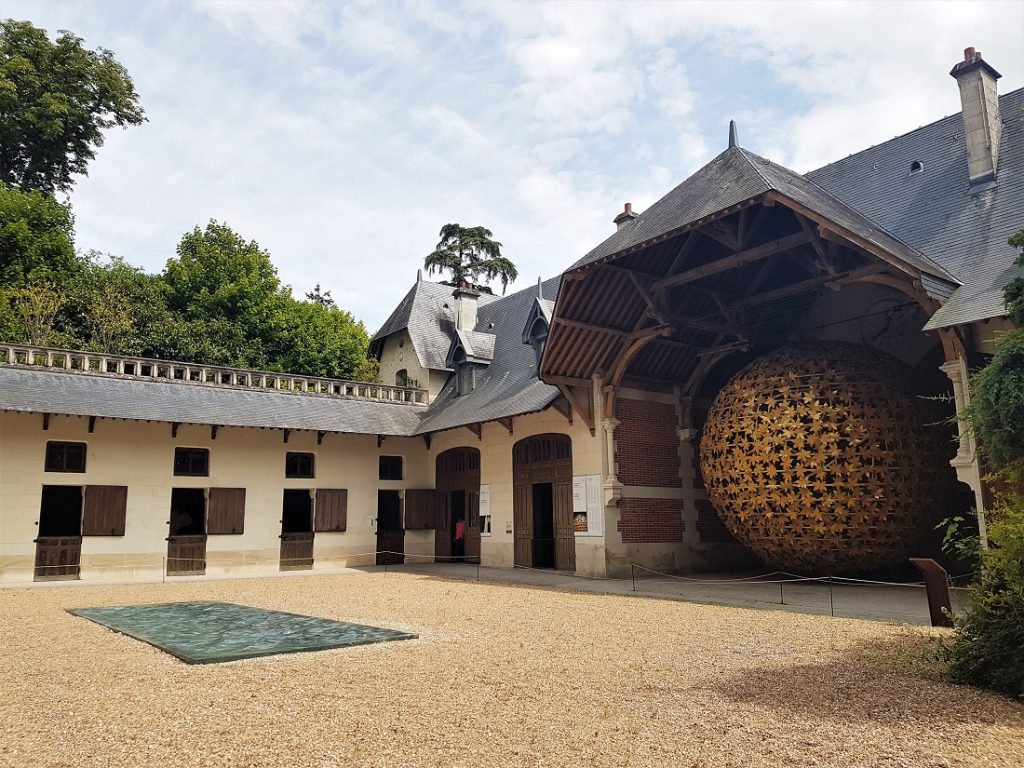
We then made our way to the château’s 19th century stables, which are made from brick and stone (above).
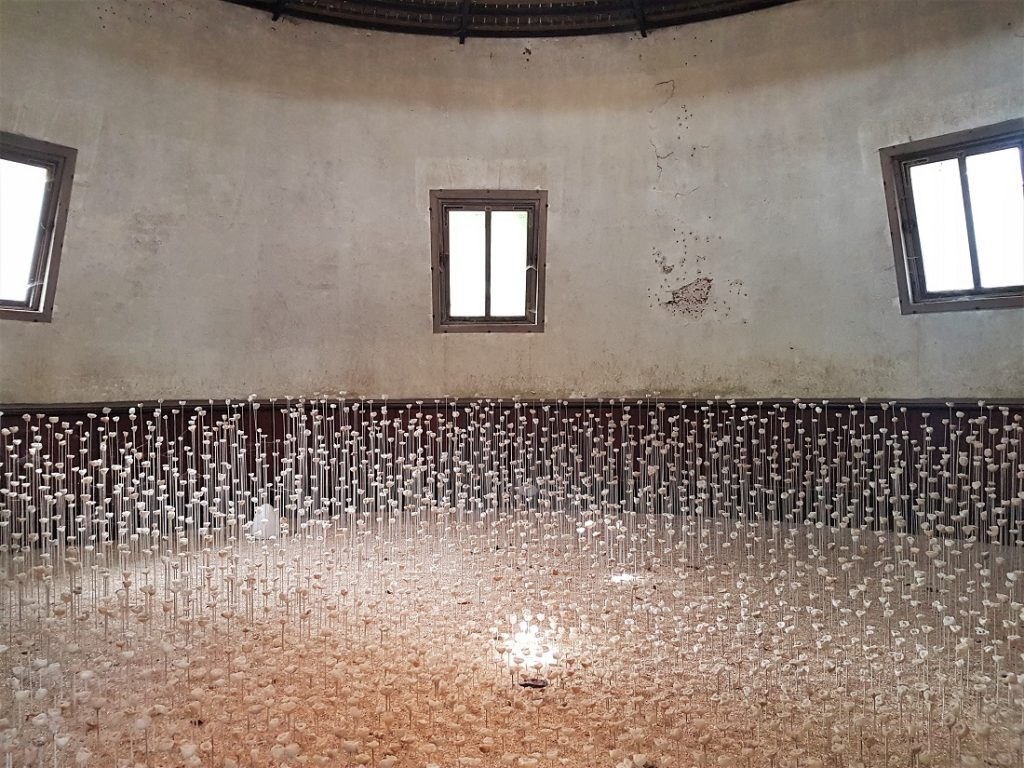
Here, we found yet more art installations – one room was filled with white ceramic flowers (above).
It was a really effective, stunning display and there was, unsurprisingly, a queue of people to go in and see it.

The stables were also home to the gala saddlery (above). Brimming with irons, whips and harnesses, it’s said to be one of the best saddleries in France.
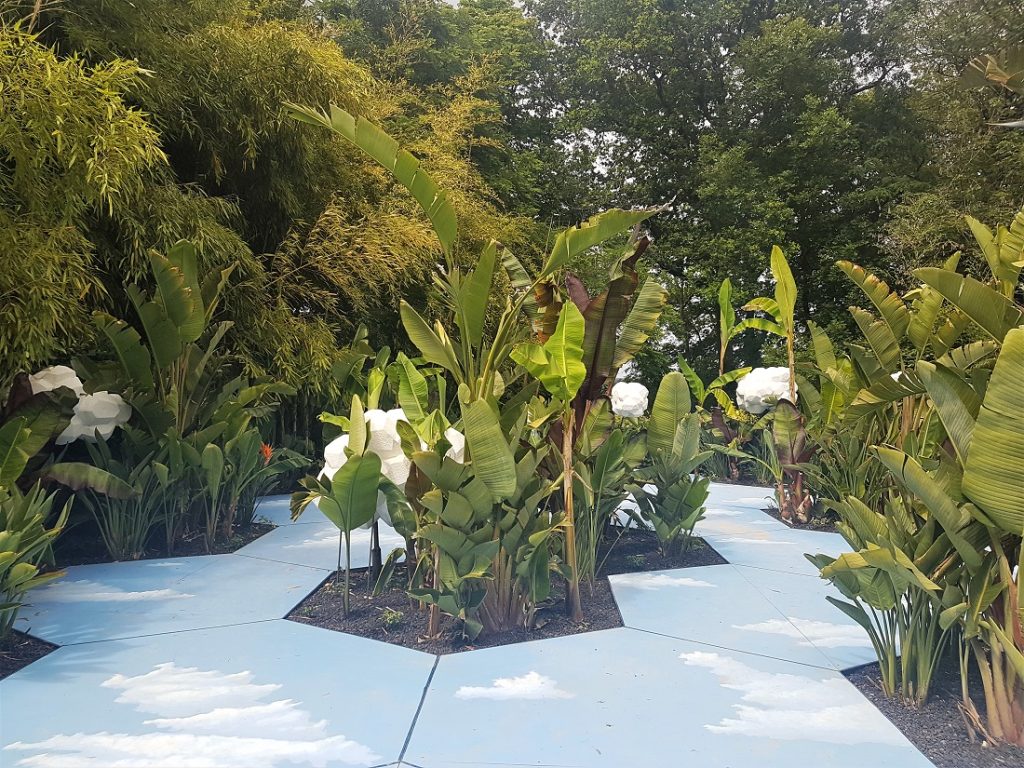
From the stables, we strolled to the Jardins des Festival, an enormous, maze-like series of small gardens, each with a unique design (above).
The creative gardens were extraordinary and like nothing I’d seen before, and made fantastic, often unusual, use of the small spaces.
As with all these things, some were more effective than others.
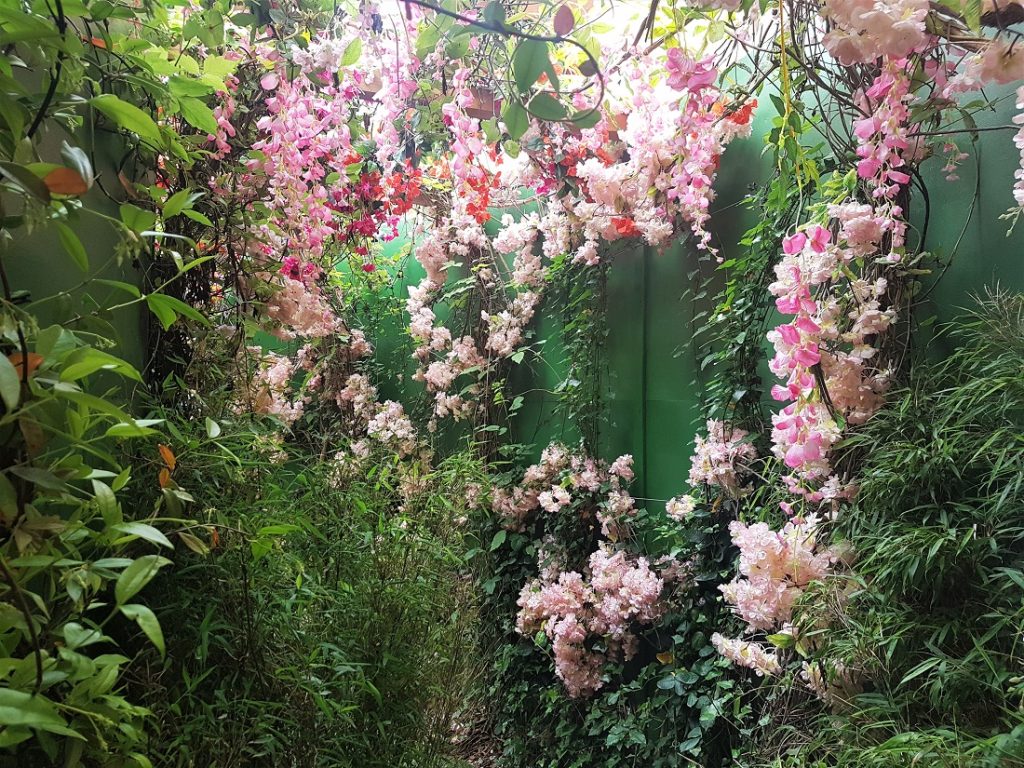
One of my favourite gardens saw us walking through some brown curtains into a pale ring, decorated with delicate pink flowers.
We followed the path through the garden to a dark green ring that was also filled with flowers (above), continuing until we reached a pretty, circular garden with a tree in the middle. It was clever and enchanting, and I loved it.
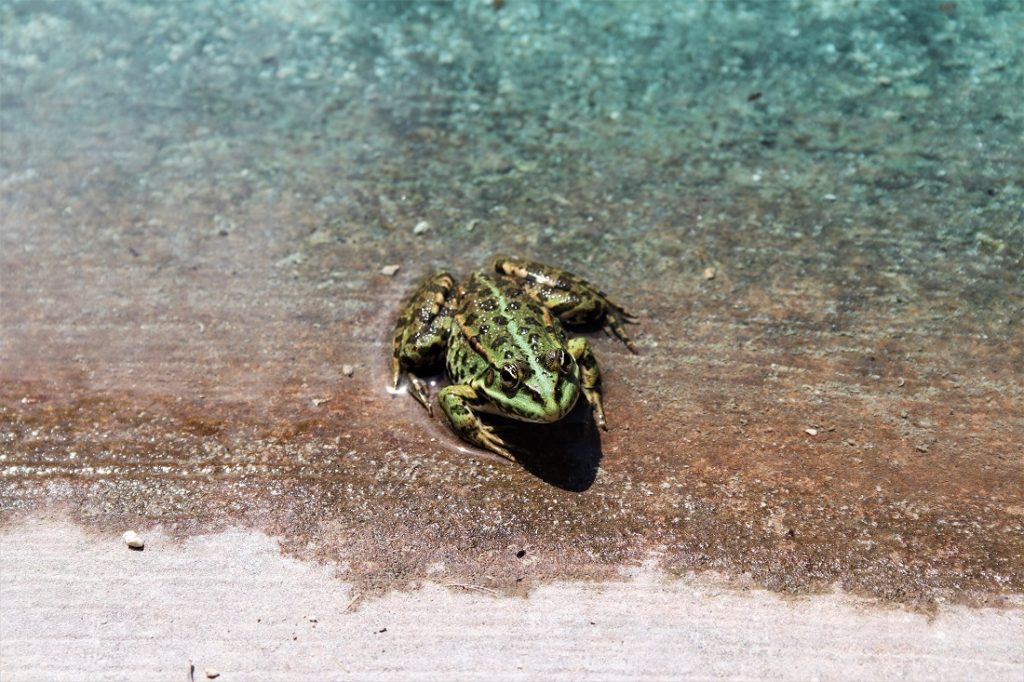
By now we’d been at the château for more than four hours and we still hadn’t seen everything.
The gardens were fabulous and easily the star of the show. They were varied and extensive, and showcased some spectacular works of art.
Plus they were home to lots of frogs, which is always a bonus in my mind.
I really enjoyed our day at Chaumont-sur-Loire – there was much more to see and do than I expected.
The château is a lovely, interesting historic building, but it’s the gardens that make the place so special and well worth visiting.






